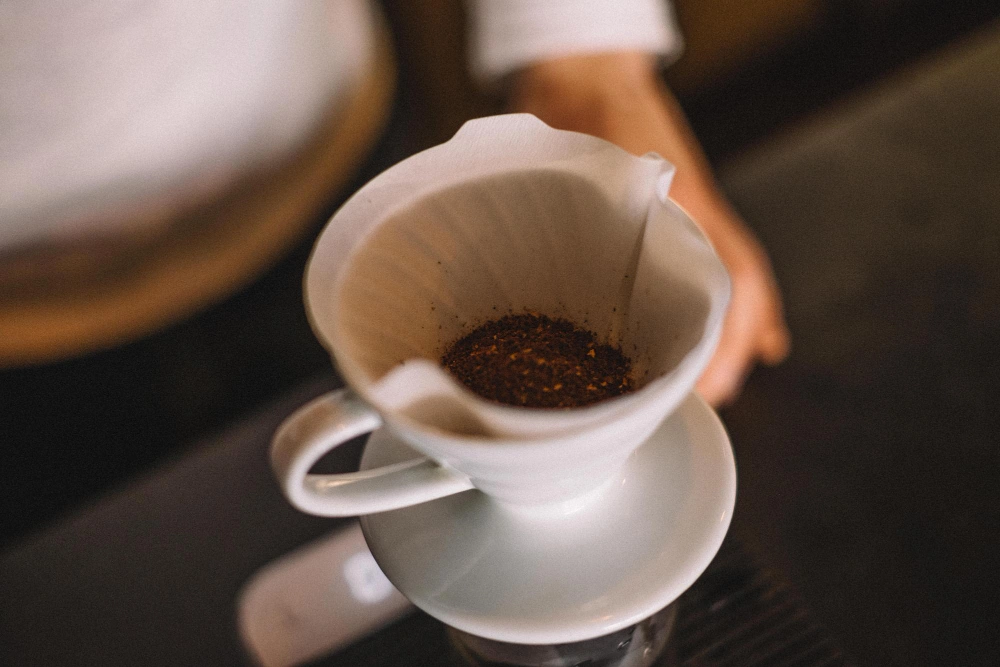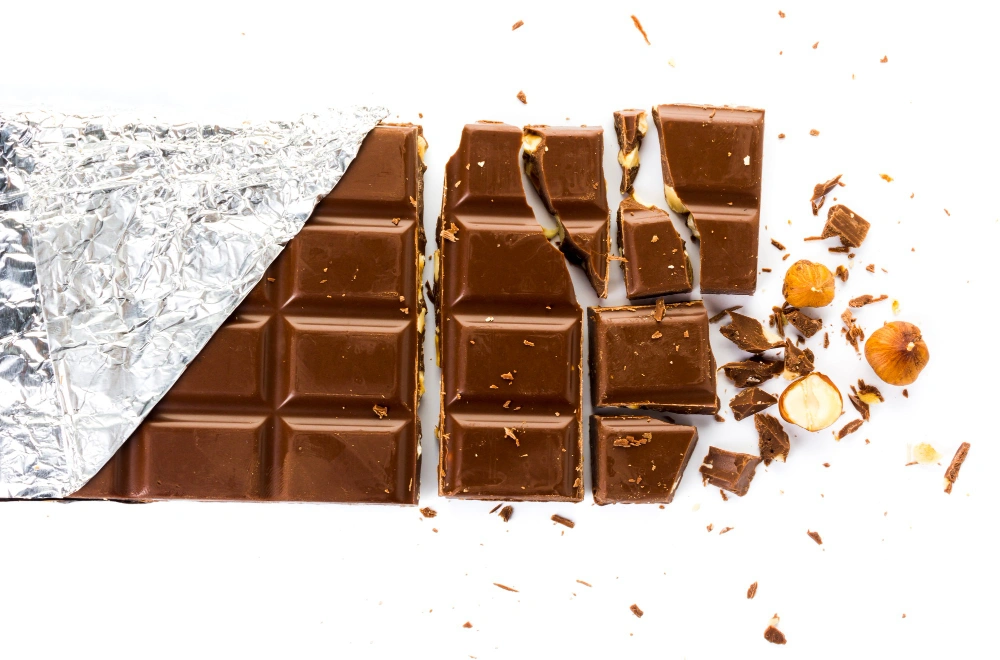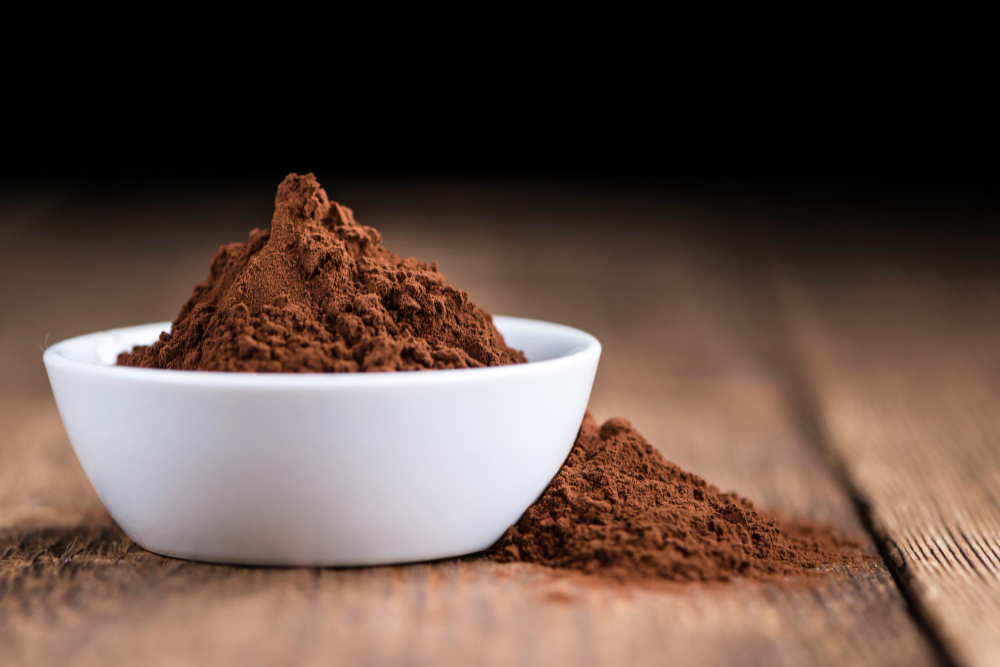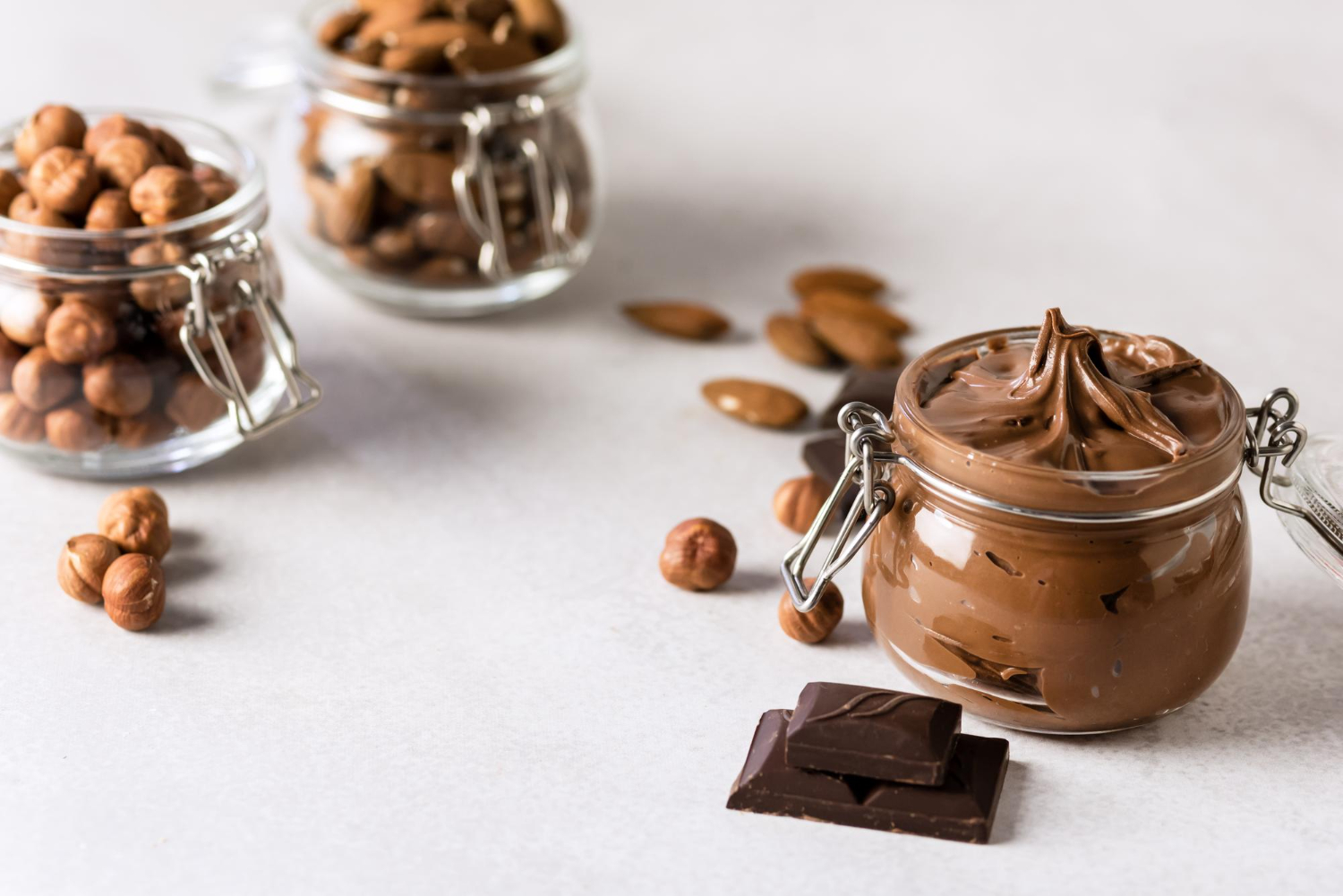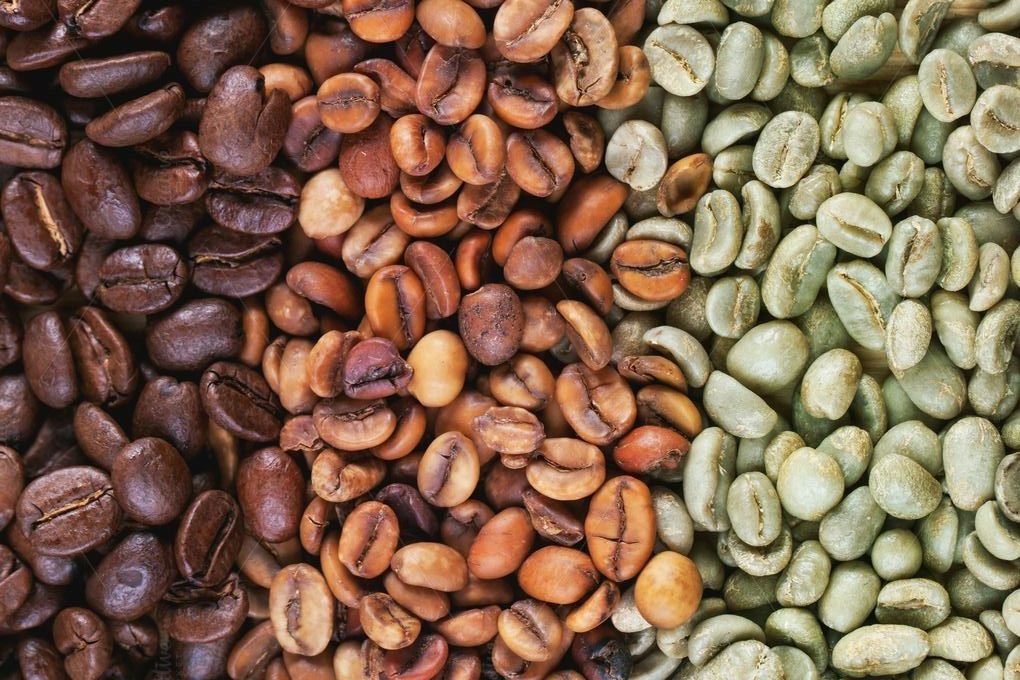The Role of Cocoa Roasting in Chocolate Manufacturing
Cocoa roasting is the thermal process applied to fermented and dried beans to develop the desired flavor and texture of chocolate. Proper roast profiling not only determines flavor consistency at home or in the factory, but also builds a lasting sensory signature essential for premium chocolate.
During roasting, complex chemical reactions such as Maillard and caramelization occur, generating a bouquet of aroma compounds and key flavor molecules like pyrazines. These contribute to chocolate’s characteristic notes, while poor control can lead to undesirable flavors such as smoky, burnt, or acidic off-notes.
In the chocolate production chain, roasting takes place immediately after fermentation and drying and before grinding into cocoa mass. The execution of this step directly affects both the chemical and sensory attributes of the final product, ultimately shaping its competitiveness in the marketplace.
Precise roast profiling has a direct impact on product value by :
Creating a unique and stable flavor suitable for target markets.
Highlighting pleasant flavor notes and minimizing undesirable off-flavors.
Enhancing aroma complexity and extending flavor persistence.
Improving the product’s market acceptance and increasing consumer loyalty.
Strengthening the brand’s position in global competition.
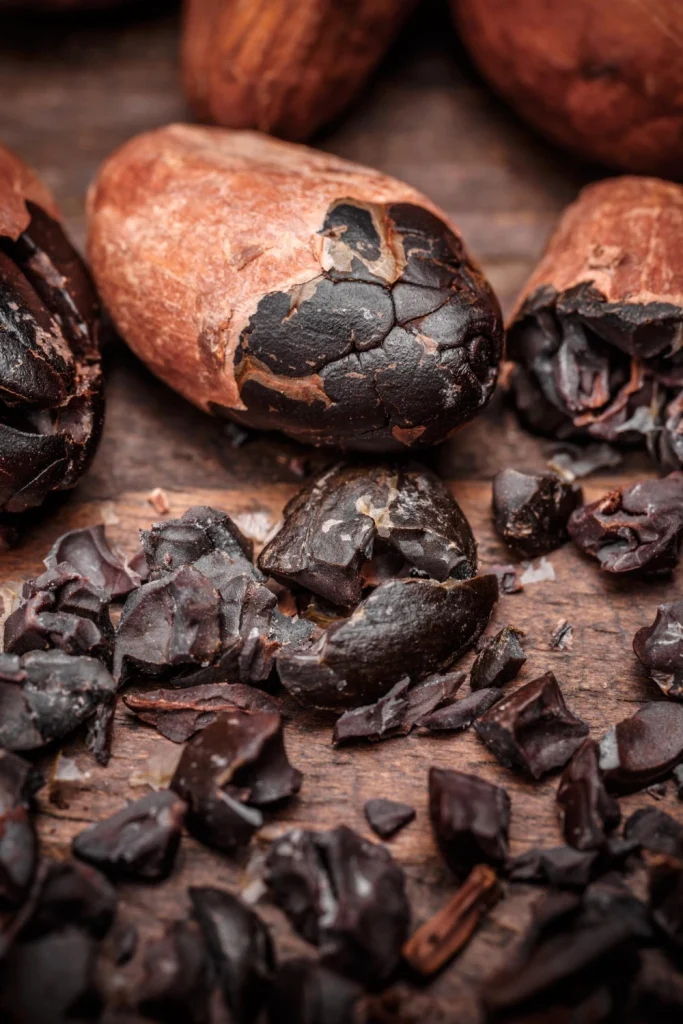
Preparing Cocoa Beans Before Roasting: Key Steps
Before roasting, fermented and dried beans undergo cleaning, sorting and pre-heating. Beans are typically conditioned to a moisture content of about 6–7%, ensuring uniform heat transfer and minimizing defects.
Proper pre-roast handling directly influences flavor development and consistency throughout the roasting stage.
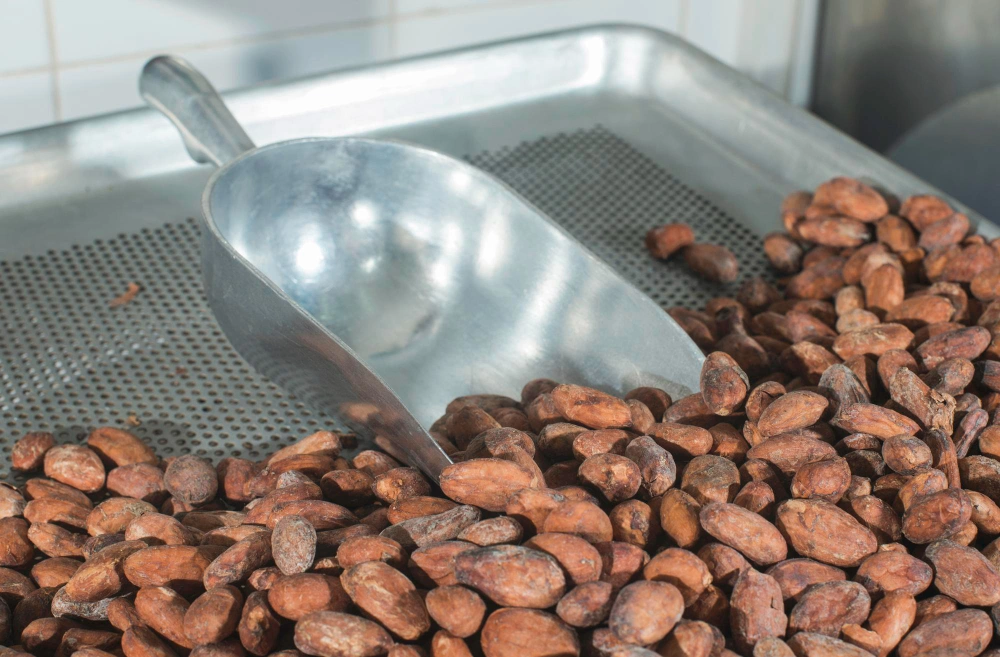
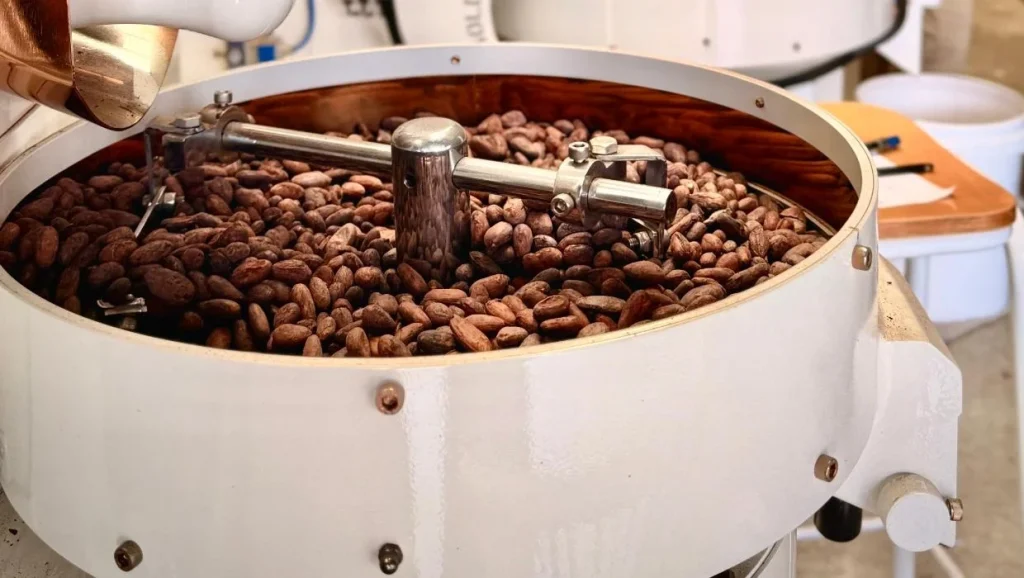
Key Roasting Parameters: Time, Temperature, and Profile Design
Three main factors shape an optimal roast profile:
Temperature : Industrial roasting usually ranges from 110°C to 150°C. Higher temperatures accelerate chemical reactions but risk burnt or smoky off-flavors, while lower temperatures may leave underdeveloped notes.
Time : Roast duration (often between 10–35 minutes) determines the balance between volatile compound release and stable flavor foundation.
Roaster design & airflow : Equipment type, airflow, and batch size influence heat transfer, uniformity, and flavor consistency.
Critical Chemical Reactions: What Defines Chocolate Flavor?
During roasting, cocoa undergoes a series of chemical and physical transformations that shape its sensory identity:
Maillard reactions between amino acids and reducing sugars generate desirable chocolate notes and complex aromas.
Caramelization reduces acidity and bitterness, contributing to smoother taste.
Volatile acid reduction improves flavor clarity and balance.
Polyphenol transformation lowers astringency and integrates bitterness into the chocolate profile.
Together, these reactions are responsible for cocoa’s transition from raw, acidic, and astringent to the rich, rounded flavors expected in high-quality chocolate.
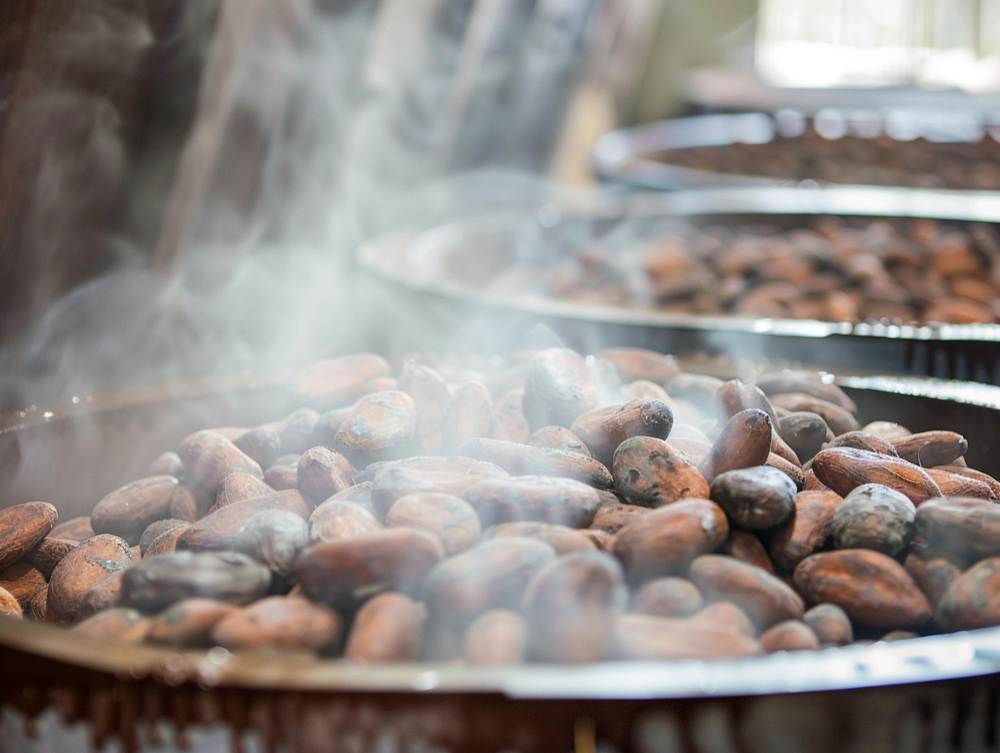
The Cocoa Roasting Process: From Raw Bean to Chocolate Aroma
Roasting cocoa is a complex step that begins with bean preparation and ends with the creation of signature chocolate flavors. Each stage plays a crucial role, and accurate roast profiling allows manufacturers to tailor flavor precisely to market demands and strengthen their brand’s positioning.
The Impact of Cocoa Roasting on Chocolate Flavor and Aroma
During roasting, Maillard reactions and caramelization produce key aromatic compounds, giving chocolate its distinctive bouquet. Each roast level influences the balance of acidity, bitterness, sweetness, and aromatic intensity.
Low Roast (Light)
Produces fruity, floral, and acidic notes. Often preferred in premium markets where unique flavor diversity is valued.Medium Roast
Achieves a balanced profile of acidity, bitterness, and sweetness. Considered the standard for many chocolate applications due to its rounded and versatile flavor.High Roast (Dark)
Creates bold, intense chocolate notes with reduced acidity, but can lead to bitter or smoky off-notes if not carefully controlled.
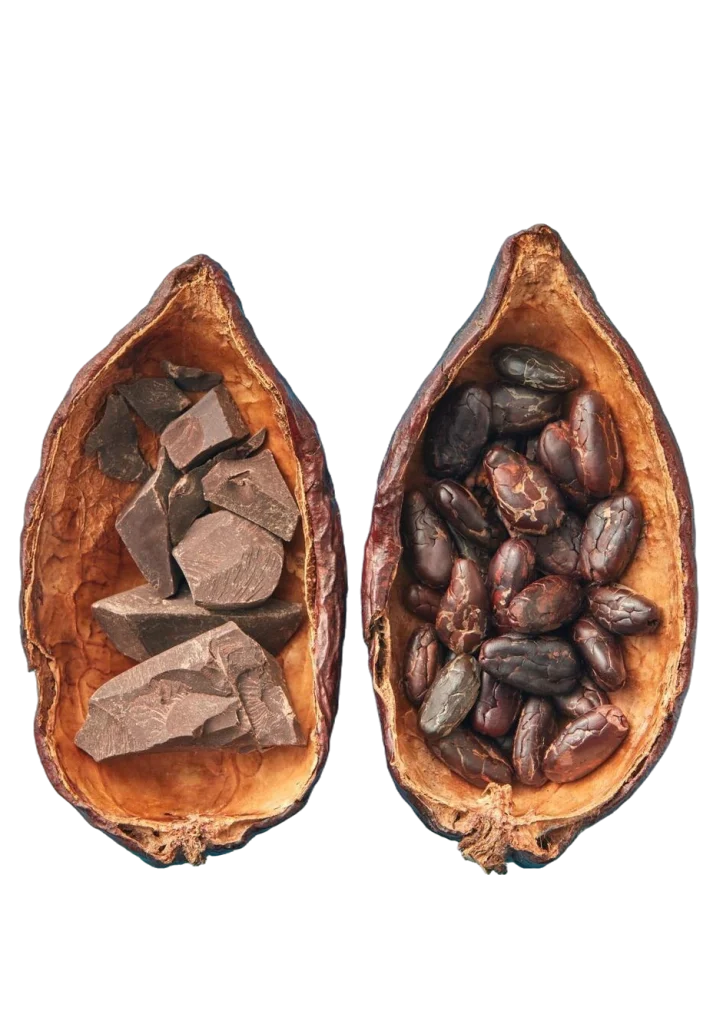
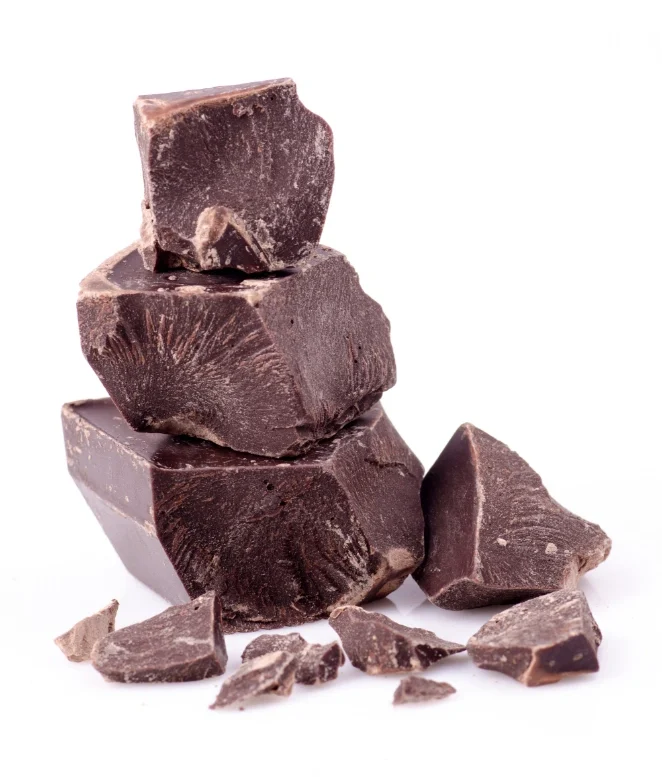
Nutritional Changes and Antioxidant Activity During Roasting
Polyphenols (mainly flavonoids such as catechins and anthocyanins) are the primary source of antioxidant capacity in cocoa. However, roasting reduces the total polyphenol content due to thermal degradation, oxidation, and polymerization. Studies show that roasting can decrease phenolic content by up to 60%.
Despite this loss, moderate roasting can preserve part of the antioxidant activity and contribute to flavor improvement by reducing astringency and bitterness. Therefore, proper roast design achieves a balance between minimizing nutritional losses and maximizing desirable flavor development.
🔗 Roasting effects on phenolic content and free-radical scavenging activities
The Role of Roasting in Grinding, Homogenization and Cocoa Mass Quality
By breaking down cell structures and triggering flavor-forming reactions, roasting plays a central role in improving grinding efficiency and ensuring uniform cocoa mass with consistent quality.
1. Impact on Grinding Efficiency
- Reduces bean hardness by lowering moisture.
- Improves brittleness, enabling finer particle size distribution (PSD).
- Reduces energy demand in the milling process.
- Enhances smoothness and viscosity in the final product.
2. Impact on Homogenization and Flow
Improves fluidity and dispersibility of cocoa mass.
Enhances uniform distribution of fat and solids.
Supports consistent rheological behavior, essential for chocolate processing.
3. Impact on Cocoa Mass Quality
Enhances sensory attributes: smoother mouthfeel, lower acidity, and reduced bitterness.
Improves fat release and stability during refining and conching.
Increases storage stability and prevents unwanted flavor reversion.
How Does Cocoa Roasting Affect Flavor, Aroma, and the Nutritional Value of Chocolate ?
Roasting is one of the most decisive steps in chocolate manufacturing. It not only shapes flavor and aroma, but also impacts texture, nutritional properties, and shelf-life stability. Choosing the right roast profile ensures a product with high consumer acceptance, added value and consistent quality.
Which roast level delivers the best flavor ?
A medium roast generally provides the most balanced flavor profile. However, the final choice depends on bean origin, brand positioning, and target market preferences.
How does roasting improve grinding efficiency ?
By reducing moisture and facilitating fat release, roasting makes cocoa nibs more brittle, leading to finer particle size distribution (PSD). This enhances grinding efficiency, improves texture, and contributes to a smoother mouthfeel.
A Guide to Selecting the Right Cocoa Roast Profile for the Iranian Market
In Iran’s chocolate market, consumers generally prefer a balanced medium roast that avoids excessive acidity or bitterness. This profile delivers a familiar, smooth chocolate taste with broad consumer acceptance.
Producers often rely on sensory trials and consumer testing to fine-tune roast profiles. Given the high sensitivity of Iranian consumers to flavor balance, a well-executed medium roast remains the safest choice for mass-market chocolate.
Even for products aimed at younger audiences or affordable brands, a medium roast ensures consistency and minimizes the risk of sharp acidity or unwanted bitterness.
Selecting the wrong roast can ruin years of effort for your brand. Consult our team of experts📞 now to make a safe choice.
Aligning with Global Trends: Roast Choices for Export Success
Despite the domestic preference for medium roast, export markets demand more diverse flavor directions. Key trends include:
Specialty Chocolate: Lighter roasts to highlight terroir-driven notes and origin-specific flavors.
Sustainability & Health: Focus on preserving antioxidants and using gentler roast profiles.
Dark Intense Europe/US: Medium-to-dark roast to meet the taste expectations of premium chocolate consumers.
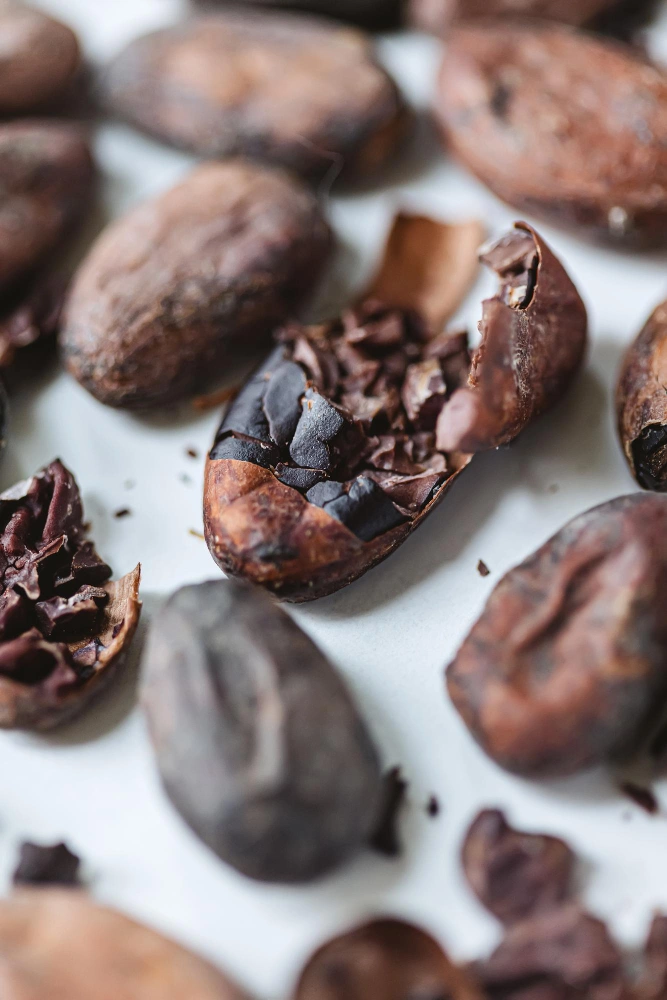
3 Key Challenges in Selecting the Right Cocoa Roast Profile
Most chocolate manufacturers in Iran import cocoa liquor or cocoa powder rather than raw beans. This means the roast stage is usually carried out abroad, limiting local producers’ control over flavor profiling. As a result, Iranian companies face several challenges when aiming to deliver consistent, high-quality products.
1. Loss of Nutritional and Antioxidant Properties
Excessive roasting can significantly reduce polyphenol content and antioxidant activity.
This leads to a loss of functional health benefits that consumers increasingly value.
Advanced testing (e.g., HPLC) is often required to measure antioxidant retention.
2. Misalignment with Domestic Consumer Preferences vs. Export Needs
Iranian consumers generally prefer smoother, less acidic, medium roast profiles.
Export markets, however, often demand more diverse profiles (light roast for specialty, darker for Europe/US).
Lack of tailored roast strategies can weaken competitiveness in global trade.
3. Limited Control over Flavor and Aroma Profiles
Imported semi-finished products leave little flexibility to adjust roast profiles.
This restricts the ability to fine-tune sensory balance (bitterness, acidity, aroma persistence).
Brands may face rejection if flavor expectations are not met across different markets.
How to Avoid Mistakes in Roast Profile Selection ?
By carefully analyzing the taste of the target market, coordinating with global trends, and scientifically controlling quality indicators (color, moisture, sensory profile), you can choose a roast that will stabilize domestic sales and strengthen your position in export markets.
Take action now to receive advice from our team of experts📞.




